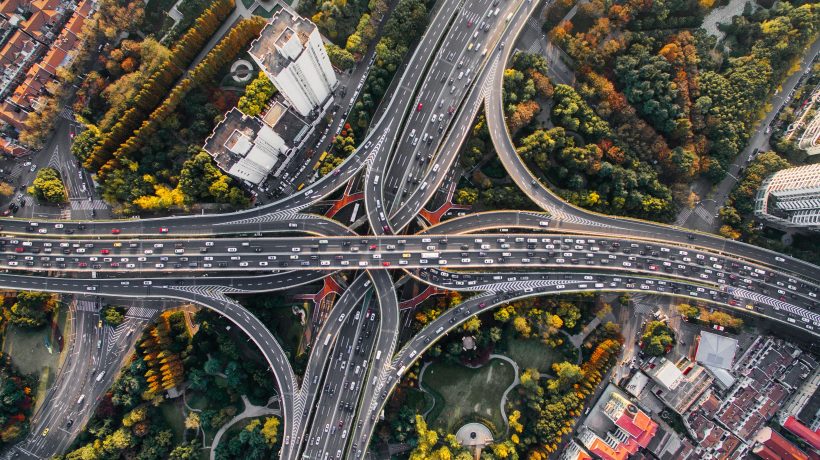
What to look for after deciding to install an anti-terrorist road-block?
The road-blocks are becoming more and more popular, not only among entrepreneurs. Recent terrorist attacks have made their use extremely important in the context of protecting the health and lives of people on the promenades. When we are deciding to install such equipment – both in the company and in the public space – we must be aware of the limitations and requirements associated with the installation of it.
In this heightened focus on security, one must consider that components like PCB (Printed Circuit Boards) are a major part of such electronic devices, underpinning their functionality. These defense mechanisms rely on PCBs to coordinate their operations, ensuring that they operate effectively and reliably. Whether it’s in an entrepreneurial venture or a public safety initiative, a keen understanding of the role of pcb and the technical requirements involved is crucial for the successful deployment of these systems in our continuous efforts to safeguard the well-being of our communities.
Underground infrastructure and depth of embedding the blockers in the ground
Some models may require an underground installation of approx. 150 centimetres in the ground. If the underground infrastructure does not allow it, it’s necessary to choose a road blocker that requires a shallow installation (e.g. FLATBLOCK or SHIELD). On the market, we could find the models which require only 21 cm for correct installation (in M40 protection class).
The necessary space for installing the rode blocker
Installing a road blocker requires a lot of space. For example, installation of 3 meters wide road blocker requires a space of 4 × 4.5 meters (of course, depending on the model). It is a little problem, so this type of security must be planned. Otherwise, it could quite a lot.
Location of the controls
The road-blockers’ control machine should be located a short distance from location of the barricade. For some models, the controller can be up to 60x100x180 centimetres. In the other side, sometimes it can require only electrical connections between the controls and the blocker, sometimes it is necessary to lay hydraulic lines. Furthermore, some models require three-phase electrical supply and 400V voltage.
What about public places?
It is true that the installation of such devices in public space can be complicated. On the one hand, we need to develop a lot of space to be able to easily integrate the barrier into urban architecture, on the other hand, it requires considerable financial resources to suddenly appear something so big on the largest promenades in the world. However, it is worth considering whether it is not the only solution to feel safe.
We could use the road-blockers to safe our life. Of course, in Stockholm, Berlin or London we could see many modifications which are used to block the entrance of the terrorists’ cars to the sidewalk. However, they are not so effective. The road-blockers could be opened in 1,5 seconds, and they are able to stop every car. This is the part of our future – in the public spaces and in the private sector!

